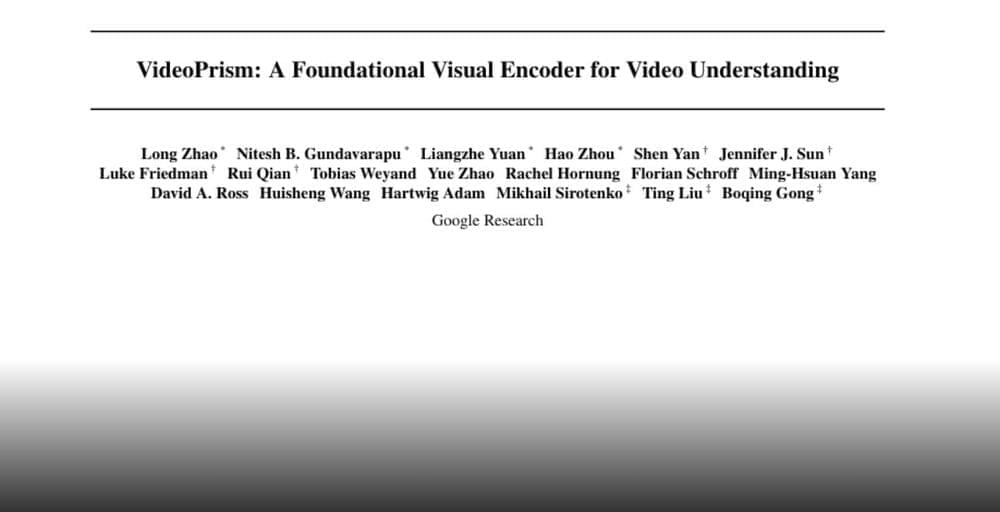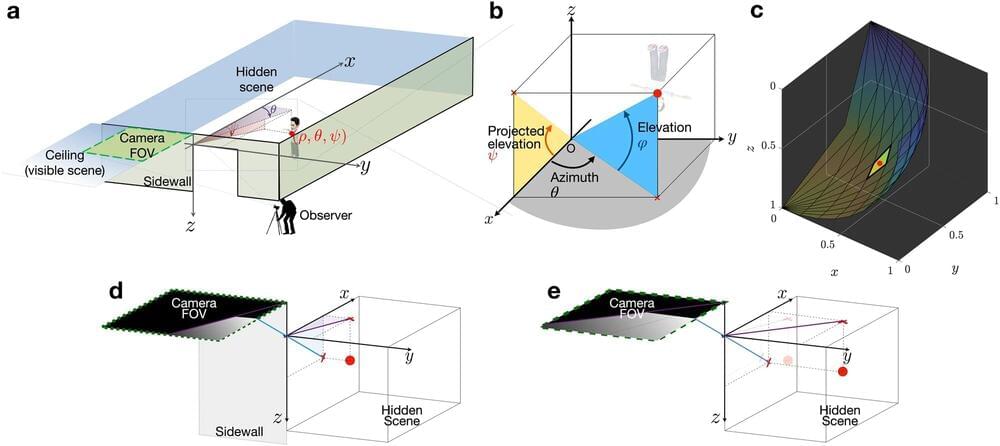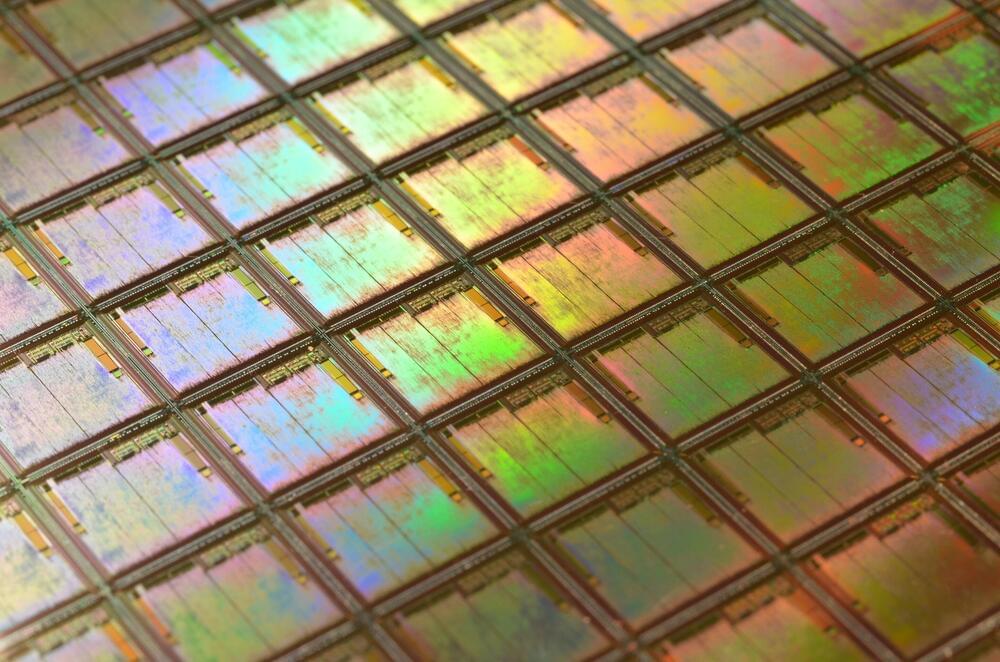A team of academic researchers show that a new set of attacks called ‘VoltSchemer’ can inject voice commands to manipulate a smartphone’s voice assistant through the magnetic field emitted by an off-the-shelf wireless charger.
VoltSchemer can also be used to cause physical damage to the mobile device and to heat items close to the charger to a temperature above 536F (280C).
A technical paper signed by researchers at the University of Florida and CertiK describes VoltSchemer as an attack that leverages electromagnetic interference to manipulate the charger’s behavior.







